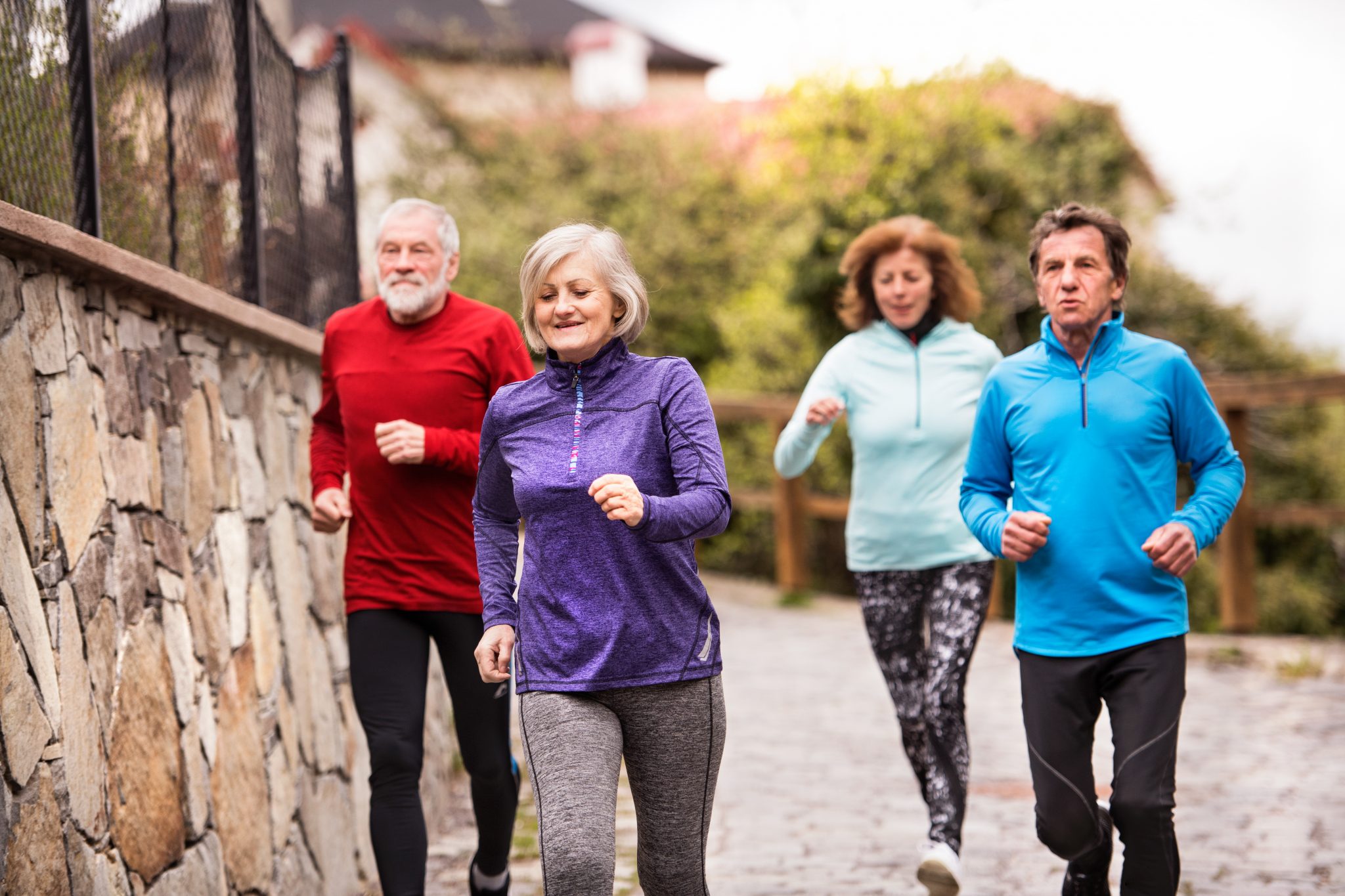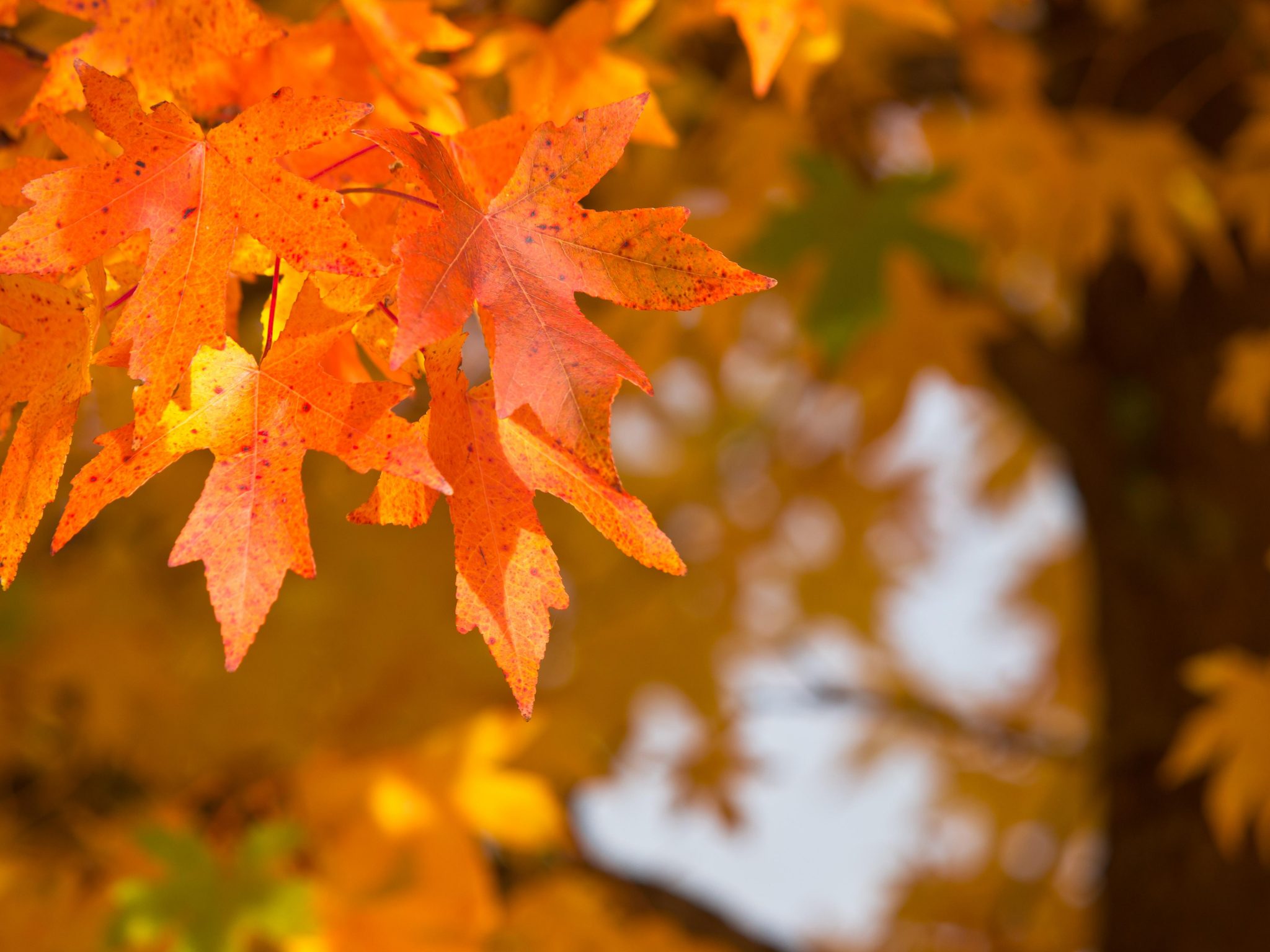What Exercises Are Best For Varicose Veins
If you have ever been bothered by your varicose veins and want to get rid of them, rest assured you are not alone. It is estimated that around 23% of all adults have suffered from varicose veins at one time or another.
What causes varicose veins?
Varicose veins are actually enlarged, twisting and swollen veins that appear blue or dark purple under your skin. One of the major reasons for these faulty veins is insufficient blood flow in certain areas which often because of too much blood flowing in the wrong direction.
They appear mostly on the legs and feet, though they can sometimes occur at other places too. They also emerge when the valves inside your veins do not work properly or are damaged. Contrary to what a lot of people feel, varicose veins are not always harmful and scary.
In many instances, it requires absolutely no treatment. However, if you feel swelling, discomfort, aching, or pain in the area, then you definitely need to consult a doctor and follow treatment.
But with varicose veins, most people want to get rid of them simply because they don’t like the look of it. If you don’t feel even the slightest pain or discomfort, you can simply get rid of varicose veins by following some simple exercises. Here is a list of some of the best exercises for varicose veins.
1. Walking
If there is one exercise that is great for anyone, whether you are suffering from a problem or not, it’s surely walking. A lot of doctors recommend walking in order to end varicose veins. It is usually the safest exercise and requires no additional effort than going out and indulging in the simple activity.
A regular walk of around 30 minutes will not only help alleviate any discomfort caused by varicose veins, but it will also help you end the physical symptoms of the problem. Moreover, walking will also help ensure good blood pressure and will help strengthen your bones and muscles.
2. Lifting Legs
If you are looking for an exercise that ensures great results for varicose veins without any special equipment, then leg lifts are the answer for you. They are extremely easy and effective. You simply need to lay flat on your back and raise both your legs at the same time.
You can also do leg lifts by raising one leg after another. The exercise helps to stretch the muscles in your lower body and increase blood circulation in the legs. It also helps improve flexibility and make you more physically fit.
However, a lot of people experience back pain after leg lifts; this is often because they don’t position their body safely. When you are doing leg lifts, make sure to always lie flat on your back and raise your legs slowly.
3. Bicycling
Bicycling is one of the most low-impact and easy exercises out there that is convenient for anyone to follow daily. Regular cycling of around 30 minutes daily will help strengthen your muscles and will help regulate your blood flow in the legs and feet. Moreover, it will also increase blood circulation at the right places and will protect your joints.
Now a lot of people say that they don’t own a bicycle or can’t go out to indulge in the exercise, so for them, it is convenient to simply stretch their leg muscles, position them properly by drawing their knees inwards and peddle. This will give a similar result to cycling and will help improve varicose veins.
4. Lunges
Lunges are another great exercise for varicose veins, and if done frequently and with consistency, it also helps in weight loss and fat reduction in the body.
Lunges work with multiple muscles at the same time, but their prime focus is to increase blood circulation in the feet and the calves’ area. After a couple of days of lunges, you will automatically start feeling the strength in those muscles of your body. This will help increase blood circulation and reduce the effects of varicose veins.
But like with leg lifts, lunges too can induce pain when not done rightly. For accurate positions, you can take help of the internet or even a trainer. Your knee must be directly above the ankle, and your body is straight. The right position will give the maximum benefit.
5. Rocking Feet
Since varicose veins emerge because of inadequate blood flow, it is important that whatever exercise you do is able to regulate your blood flow. Rocking feet is also highly recommended by doctors and trainers as a way to increase blood flow in your system.
This exercise works by increasing muscle strength and flexibility while also regulating blood flow. Moreover, they also help in reducing blood pressure and hypertension in the body.
In order to do rocking feet, you need to start by resting your feet on the edge of your ball for a few seconds then slowly lowering your heel for some time. The next step is to rest the weight of your whole body on your heel and lift the ball of your foot. The best thing about this exercise is that it can be performed while sitting or standing and does not require any special equipment.
6. Elevating your legs
This is perhaps one exercise that people do without even knowing that it helps with anything. Elevating your legs is very simple, but its effectiveness makes it one of the most liked exercises for varicose veins.
By elevating your feet, you can relieve swollen feet and aching legs. It also helps lower heart rate and makes you feel more comfortable. It works by simply lying on your back on the floor or on your bed. You simply need to raise both your legs and put your feet on a heightened position. You can do this by putting a pillow under your feet too.
For best results, you shouldn’t keep your legs at the same place for more than 15 minutes. Try alternating between different positions from time to time. This will not only help with your pain but will also regulate blood flow in your legs.
However, one thing you should always keep in mind is that health should take precedence over everything else. Hence if you feel pain or discomfort while doing any exercise, switch to an easier one or consult your doctor.





